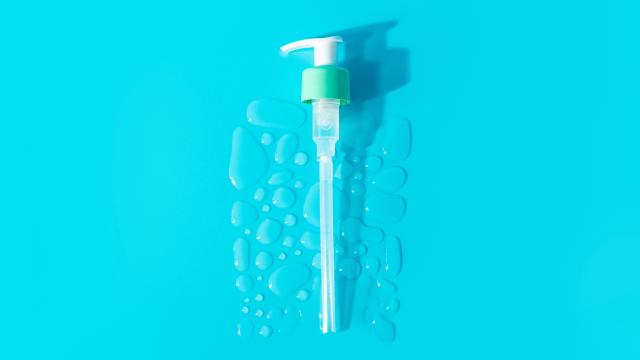If your online search history is littered with questions on how to clean a variety of surfaces and items, you’ve probably noticed that many of the instructions and tutorials that come up recommend using mild detergent or dish soap. It’s one of those terms that we see so often, but, when pressed, may find it hard to pinpoint what, exactly, makes a cleanser “mild.”
And while we’re on the subject of terminology, we should point out that when we refer to “detergent,” it’s in the general sense (per Merriam-Webster: “a cleansing agent”), rather than something specific to laundry. Anyway, here’s how to determine whether a detergent is, in fact, “mild.”
What is a “mild” detergent or soap?
There are no formal definitions or guidelines for what constitutes a “mild” detergent or soap, but generally speaking, it’s one that most people should be able to come in contact with (while cleaning) with their bare hands, and not experience skin irritation.
The harsh chemicals that cause reactions on our skin also aren’t great to use to clean delicate or easily damaged surfaces. Plus, many are harmful to the environment.
How to tell if a detergent or soap is “mild”
The strong chemical cleaning compounds found in heavy-duty (i.e. not mild) detergents and soaps are called “builders,” and they give the cleanser a boost by softening the water, increasing its pH, and breaking up dirt and oil particles.
The best way to determine whether a detergent, soap, or other cleanser can be considered “mild,” is to the check the ingredients list for known builders. A few of the most common include:
- Phosphates: Often listed as sodium tripolyphosphate (STPP)
- Sodium carbonate (soda ash): Used as a water softener
- Sodium silicate: Prevents corrosion
- Sodium aluminosilicates: Type of zeolite that removes calcium and magnesium ions
- Citric acid: Alternative to phosphates
In this case, it’s not just a matter of reading the front of the label before buying a cleaning product — the important information about whether it contains hard chemicals is going to be on the ingredients list on the back.

Leave a Reply
You must be logged in to post a comment.